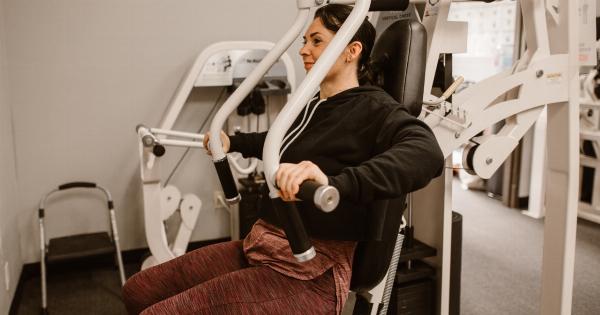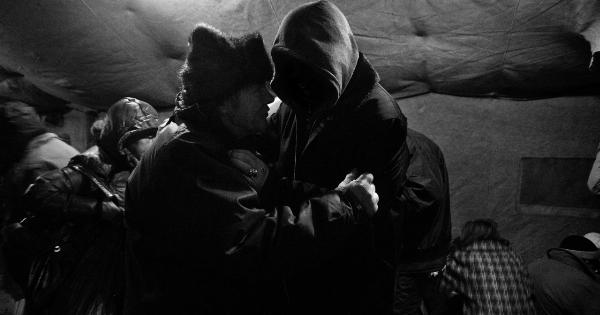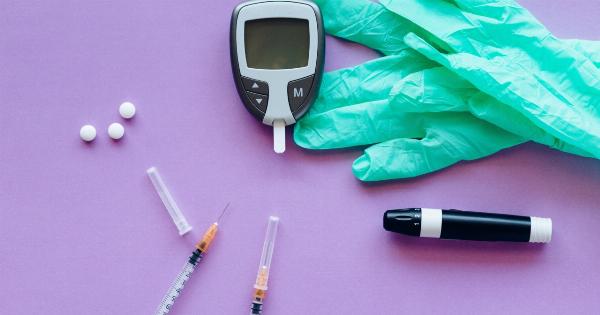Tendon ruptures in mice can cause significant pain and discomfort, leading to a decline in their quality of life. Swift surgical intervention is crucial to prevent further complications and promote optimal healing.
This article discusses the importance of swift surgery for mouse tendon ruptures and outlines the key steps involved in the surgical procedure.
Understanding Mouse Tendon Ruptures
Mouse tendon ruptures are commonly seen in laboratory mice, particularly those bred for research purposes. These injuries can occur due to trauma, repetitive strain, or underlying medical conditions.
Tendon ruptures can affect various areas, including those in the limbs, tail, or even the neck.
When a mouse experiences a tendon rupture, it may show symptoms such as lameness, swelling, and a reluctance to use the affected limb. These symptoms can significantly impact the mice’s mobility and interfere with their normal activities.
The Role of Swift Surgery
Swift surgery is essential when it comes to treating mouse tendon ruptures. The primary objective of prompt surgical intervention is to reattach the torn tendon to its original insertion point and ensure adequate healing.
Delaying surgery can lead to the formation of scar tissue, delayed recovery, and reduced chances of regaining full function.
In addition to preventing further complications, swift surgery also plays a vital role in minimizing pain and discomfort for the mice.
Chronic pain resulting from untreated tendon ruptures can lead to behavioral changes, lowered activity levels, and poor overall well-being.
Preoperative Preparations
Prior to the surgical procedure, several preoperative preparations need to be undertaken:.
1. Anesthesia Administration
The use of appropriate anesthesia is necessary to ensure that the mouse remains unconscious and free from pain during the surgical procedure.
It is crucial to choose an anesthesia protocol that is safe and effective for mice, as they can be sensitive to anesthesia.
2. Shaving the Surgical Site
Shaving the surgical site helps provide a clean and sterile area for the surgical procedure. It removes the fur and minimizes the risk of infection. A sterile shaving technique should be employed to prevent any skin damage or irritation.
3. Sterile Draping
Once the surgical site is shaved, sterile draping is implemented to maintain aseptic conditions. Sterile drapes help create a barrier between the surgical area and the rest of the mouse’s body, reducing the risk of contamination.
The Surgical Procedure
The surgical procedure for mouse tendon ruptures typically involves the following steps:.
1. Incision and Exposure
A small incision is made over the affected tendon, allowing for clear visualization of the rupture site. Care must be taken not to damage any surrounding structures or blood vessels.
2. Identification and Isolation of the Torn Tendon Ends
Once the rupture site is exposed, the torn tendon ends are identified and carefully isolated. The surgeon must handle the tendon with utmost care to avoid any further damage or stretching.
3. Suturing and Reattachment
The tendon ends are then sutured using fine, absorbable sutures. Through meticulous stitching, the torn tendon is reattached to its original insertion point. The surgeon ensures proper alignment and tension for optimal healing.
4. Closure of the Incision
After the tendon reattachment, the incision is closed using sutures or surgical adhesive. The closure must be secure to prevent any postoperative complications such as infection or dehiscence.
Postoperative Care
Proper postoperative care is crucial to support the recovery process and ensure optimal healing:.
1. Pain Management
Appropriate pain management post-surgery is vital to minimize discomfort. Pain medication suitable for mice should be administered as prescribed by the veterinarian or based on established protocols.
2. Rest and Immobilization
Rest and immobilization are essential during the initial healing phase. Restricting the mouse’s movement and providing a clean, comfortable recovery environment can aid in the recovery process.
3. Wound Care
Regular wound care is necessary to prevent infection and promote proper healing. The surgical site should be kept clean, and any signs of infection, such as redness or discharge, should be promptly addressed.
Conclusion
Swift surgery is paramount when it comes to mouse tendon ruptures. By promptly addressing these injuries, mice can experience reduced pain, faster recovery, and improved overall well-being.
The procedure involves careful preoperative preparations, precise surgical techniques, and appropriate postoperative care to optimize healing outcomes.






























